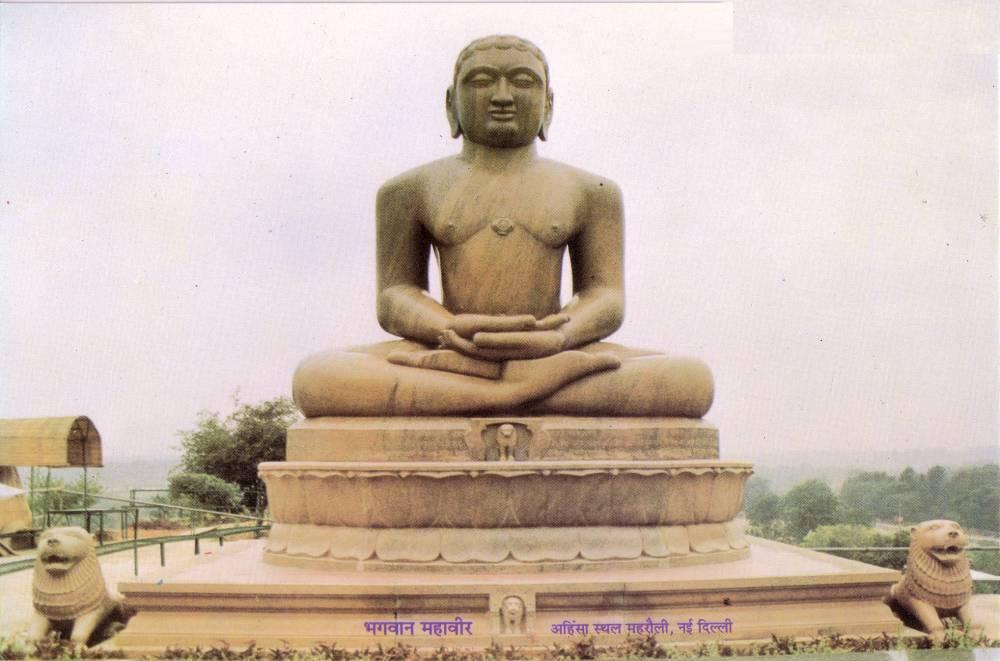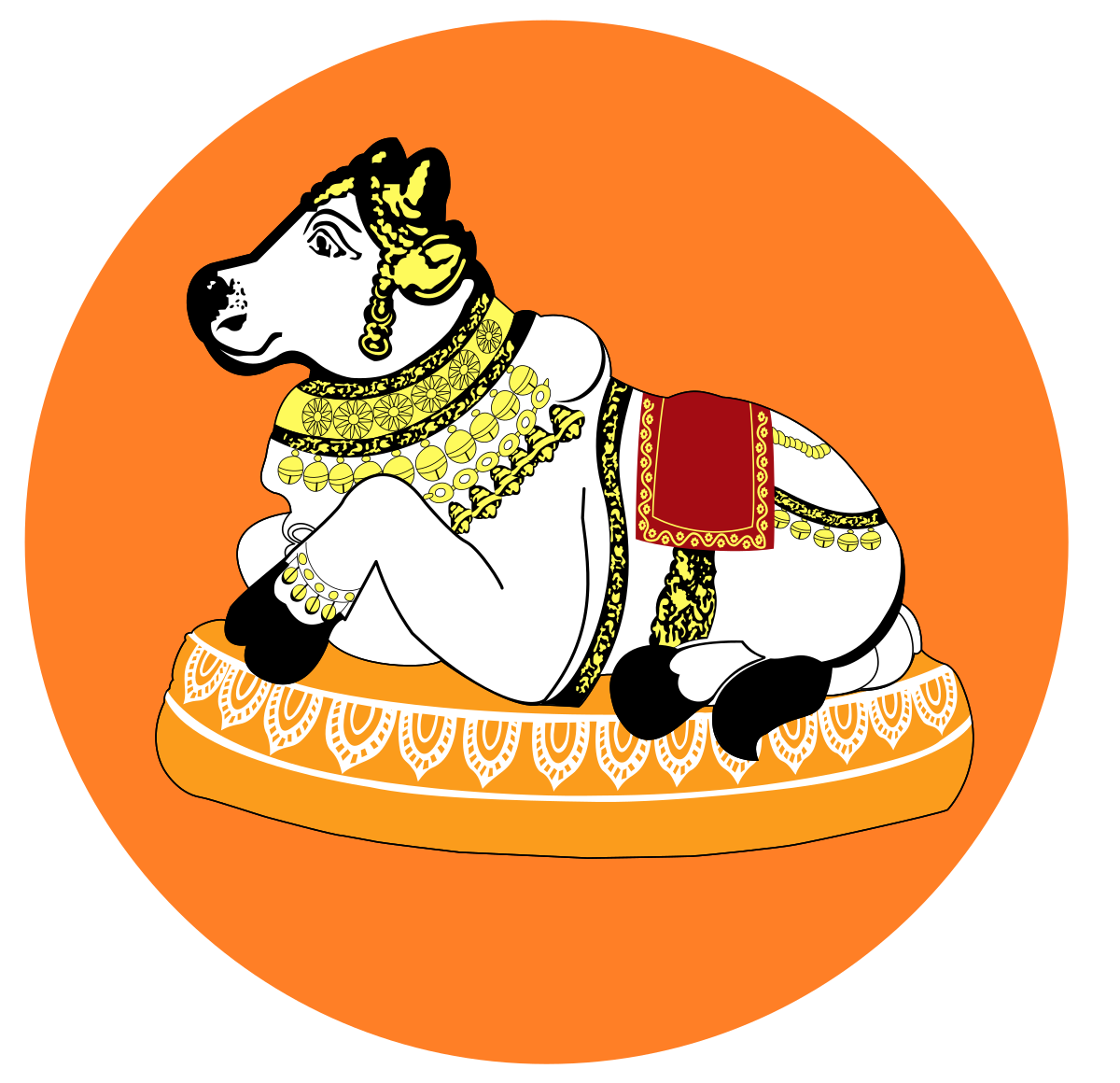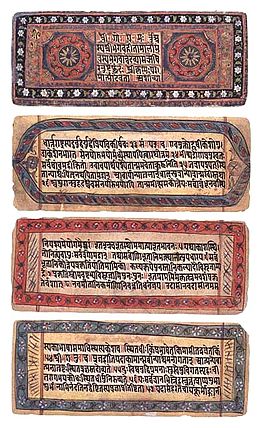Bhagavad Gita, 19th century Sanskrit manuscript in Devanagari script
22nd century BC
"Be like-minded in both success and failure. Such equality is called yoga" (2.48)
"Yoga is skill in action" (2.50)
"Yoga is that which separates pain from contact (person)" (6.23).
Bhagavad Gita


3rd century BC
"The texts on yoga state: 'Yoga is the means of understanding reality" (Atha tatdvarshnubhyo yogah)" (2.1.3)
Adi Shankaracharya's Brahmasutra - Commentary

4th century BC
"Yoga is supposed to calm the fluctuations/patterns of consciousness"
Patanjali's sutras
4th century BC
"Yoga is fourfold: faith, aspiration, perseverance and means" (2.152)
Yogakarabhumi -Shastra (Shravakabhumi), a Mahayana Buddhist period work
4th century BC
"In this system, yoga is the union of the Self and the Lord" (II43)
Kaundinya's Pancharthbhashya on Pashupatsutra
A manuscript page of verses 1.1.1 to 1.1.3 of the Katha Upanishad, Krishna Yajurveda (Sanskrit, Devanagari script).
5th century BC
"When the five senses, along with the mind, remain still and the intellect is not activated, that form is known to be the highest state. They regard yoga as a firm restraint of the senses. Then any distraction to yoga. does not happen" (6.10-11)
Katha Upanishad

6th century BC
"With conviction, the masters of yogis define yoga in our doctrine as the relation of three things, which are samyak jnana (right knowledge), right doctrine (sadhana) and right conduct (sanskaras), One who starts with the right knowledge, because from this one gets salvation (2, 4).
Yogasataka, a Jain work by Haribhadra Suri

6th - 10th century BC
"Yoga is said to unite the existence of the one with the other." (mvut 4.4–8)
Malinivijayottara Tantra, Elementary in Kashmir Shaivism
6th - 10th century BC
"To be master in oneself is to be a yogi. The word yogin means "one who is necessarily combined with the manifestation of his nature.. Shiva-state (Shiva)" (MrTaVV yp 2a)
Mrigendra Tantravarti of Narayanantha, a scholar of Shaiva doctrine

A page from the Linga Purana Manuscript (Sanskrit, Devanagari)
7th - 10th century BC
"The word 'yoga' means nirvana, the state of Shiva." (I.8.5a)
Linga Purana

शक्ति तंत्र उपासना हिंदू धर्म की देवी केंद्रित परंपरा है
Shakti Tantra worship is a goddess-centric tradition of Hinduism
11th century BC
"Yoga experts say that yoga is the self-realization of the individual's soul (jiva). Others understand it as the non-differentiation of Shiva's soul and spirit. Agama scholars say it is a knowledge. Shiva's power The nature of. Other scholars say that it is the knowledge of the original soul." (SaTil 25.1–3b)
Saradatilaka (Śaradatilaka) of Lakshmanadikendra, a power tantra work

114th century BC
The union of apana and prana, the raja and semen of the self, the sun and the moon, the individual soul and the supreme soul and so on, is called yoga. "(89)
yoga sacrifice, hatha yoga work
To find best Yoga Center, Yoga Near Me
Source: Wikipedia
Disclaimer:the
Fittofitter.com with article, commentaries, latest
news, advice, and reviews covering the world of good health and long
life. the material in this site provided for personal, non commercial,
educational and informational purpose only and does not constitute a recommendation or endorsement with respect to any company or product.
you agree that we have no liability for any damage. we are not liable
for any consequential, incidental, indirect, or special damage. You
Indemnify us for claims caused by you. you should seek the advice of a
professional regarding your particular situation.

